Symphonium Helios Review: Uncompromised Engineering
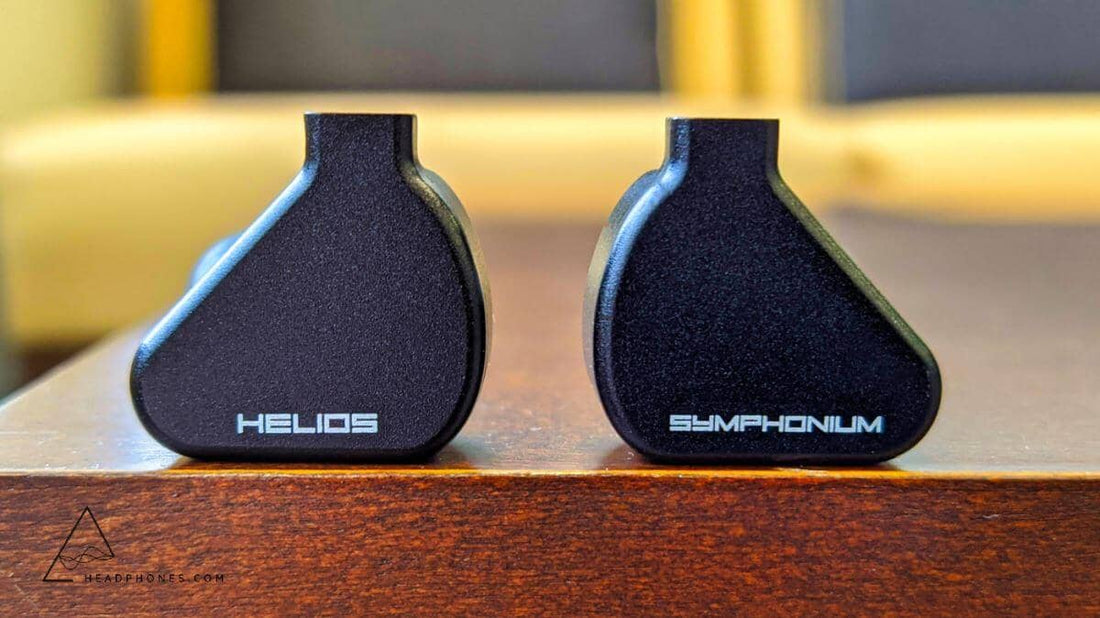
Symphonium Helios Review: Uncompromised Engineering
Review written by @Fc-Construct
Review unit provided by headphones.com
Introduction
The topic of today’s review is the Symphonium Helios, a $1,100 IEM hailing from one of the meccas of personal audio, Singapore. The story behind the Helios’ development is particularly interesting – a few passionate community audiophiles decided to take the hobby into their own hands and launched their own high-end IEM brand: Subtonic. During the development of their own products, Subtonic partnered with yet another Singaporean brand, Symphonium Audio. Through these collaborative R&D efforts, the Symphonium Helios was born. With its 4 balanced armature design and kilobuck price, the Symphonium Helios promises to set a new standard for IEMs for the modern market. First and foremost is their no compromises approach to proper IEM engineering, something the lead designer of Subtonic is keen to inform me of. Let’s see how it fairs.
What’s in the Box?
The unboxing experience of the Helios is straightforward. A simple black box with its name and logo on the front and a proud “Made in Singapore, lah” on the back. For accessories, we get a circular metal screw case, a nozzle cleaner, and a couple of brand stickers. It comes with 6 pairs of S/M/L tips, one set being generic silicon and the other a premium Azla Sedna set. Finally, we get the IEM and the cable. The cable is a 2-pin cable with no pre-molded earhooks. It’s more premium than what you’d find stock in most places but nothing too special. A minor aesthetic nitpick I have is where the 2-pin connector fits with the Helios – it doesn’t sit completely flush as the cable seems to be meant for a recessed 2-pin IEM.

The IEM itself is hefty. It’s a large minimalistic black metal shell with a 6 mm nozzle. Unfortunately, the Helios isn’t the most ergonomic IEM. Fitting in with the theme of no compromises, comfort is clearly secondary to audio design here. While the long, angled nozzle helps keep the bulky shell away from pressing against your ears, its thickness and deep fit are hard to ignore. Personally, I found the fit tolerable. Not the best but I could go a couple hours with them in.
Frequency Response and Tuning
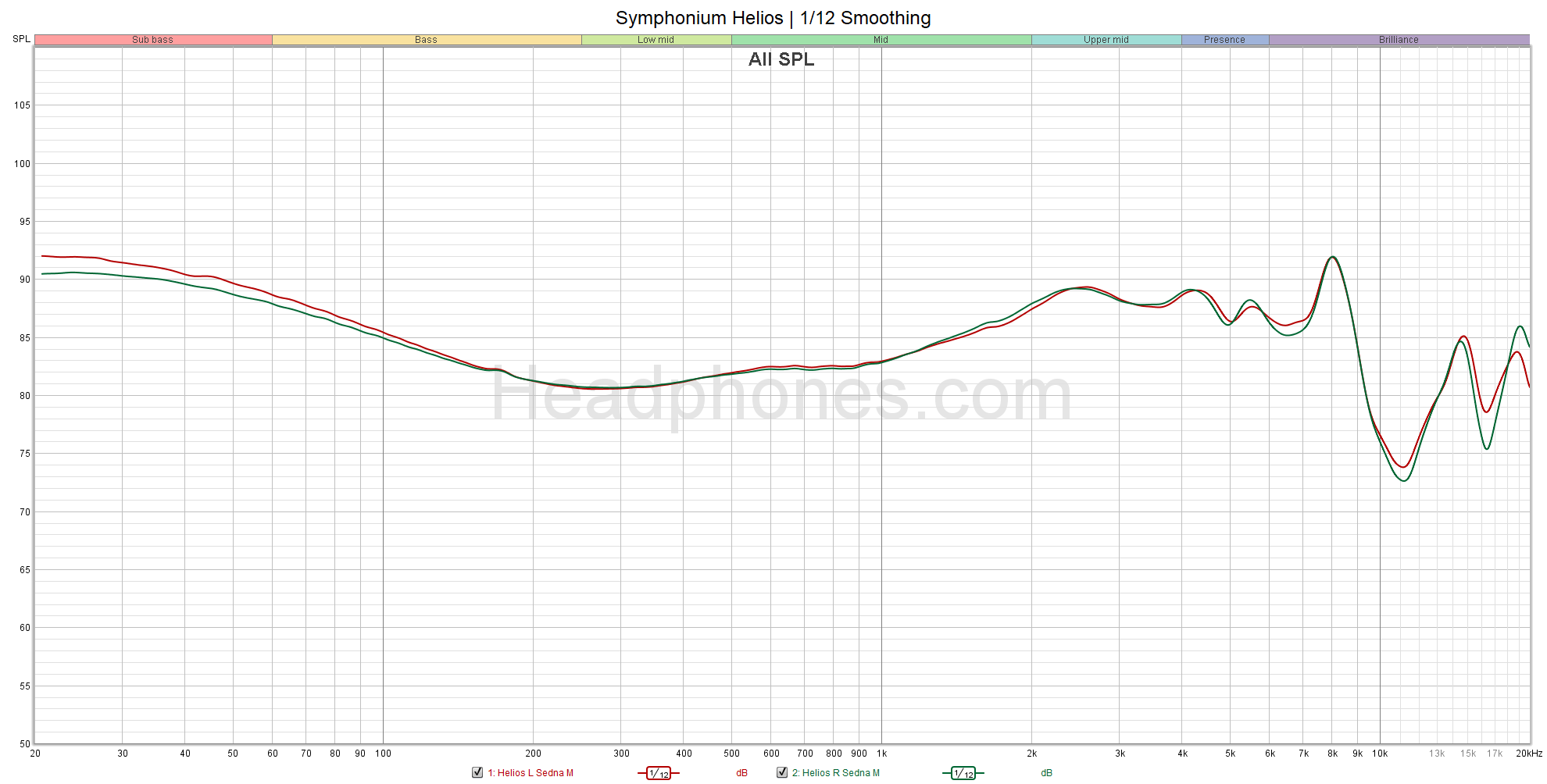
Frequency response of the Symphonium Helios. Measurement taken with an IEC-711 clone microphone. Comparisons can only be made relative to other measurements taken by this specific microphone. A peak at about 8 – 10 kHz is likely an artifact of the measurement rig and may not exist as depicted here. Measurements above 8 kHz are not accurate.
The frequency response of the Helios is very much in line with type of sound that I generally prefer. A huge bass shelf starting at 200 Hz, excellent upper mids pinna structure, and a sustained treble response in the lower/mid treble. And though the upper treble on graphs must be taken with a grain of salt, we can see that the Helios seems to have superb treble extension.
Upon listening, Helios has a lean, accurate, and neutral sounding response. The upper mids are well done, if a little forward. The lower mids dip gives the Helios a boost of clarity at the cost of a slight dryness to the timbre. The Helios has possibly the best treble extension of any IEM I’ve heard. It’s crystal clear with exceptional balance and effortless airiness. Though occasionally bright, I don’t find it fatiguing due to a lack of any problematic peaks. This is treble extension in the truest sense.
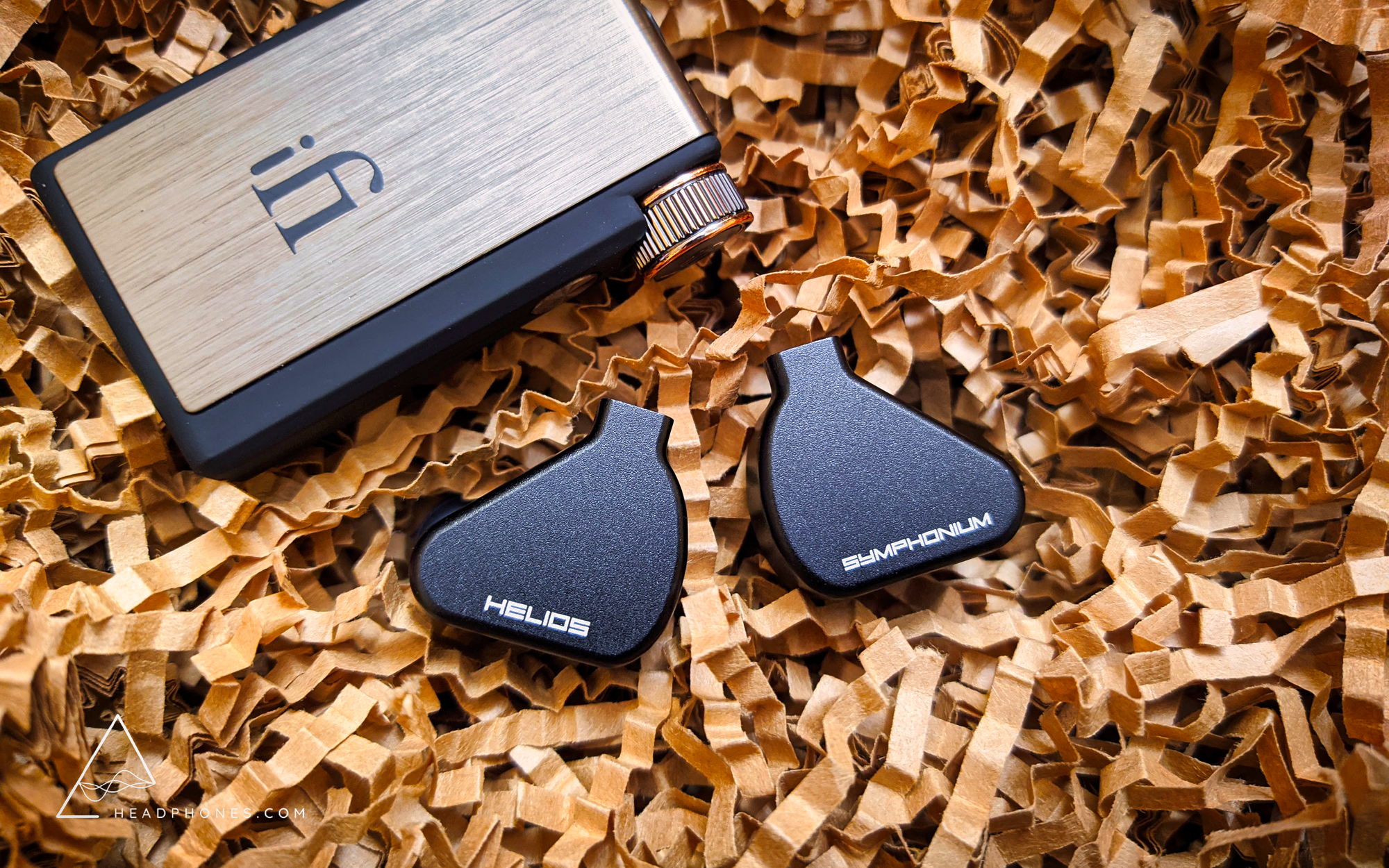
Despite Subtonic’s claims that the BA bass of the Helios may be mistaken for that of a DD, I am not convinced. I am, however, unblinded of course. The transients and decay of the bass are highly articulate and precise; there is not a hint of boomy indulgence here and is characteristic of great BA bass implementations. Depending on the genre, I do feel that the Helios’ bass can be somewhat detached from its mids and treble due to a relative lack of midbass contrasting the large subbass response. There is a sweet spot around the subbass/midbass transition where notes have a satisfyingly deep rumble. For electronic and pop music, the bass impact of the Helios may be fully taken advantage of given their production style. For rock, it can be rather hit-or-miss, varying greatly between recordings.
On a side note, one awesome feature of the Helios is its FLAT technology that ensures a consistent response across a variety of devices. For BA IEMs, this is a highly practical feature as their frequency response may change significantly according to the output impedance of your source devices (cough cough Campfire Andromeda).
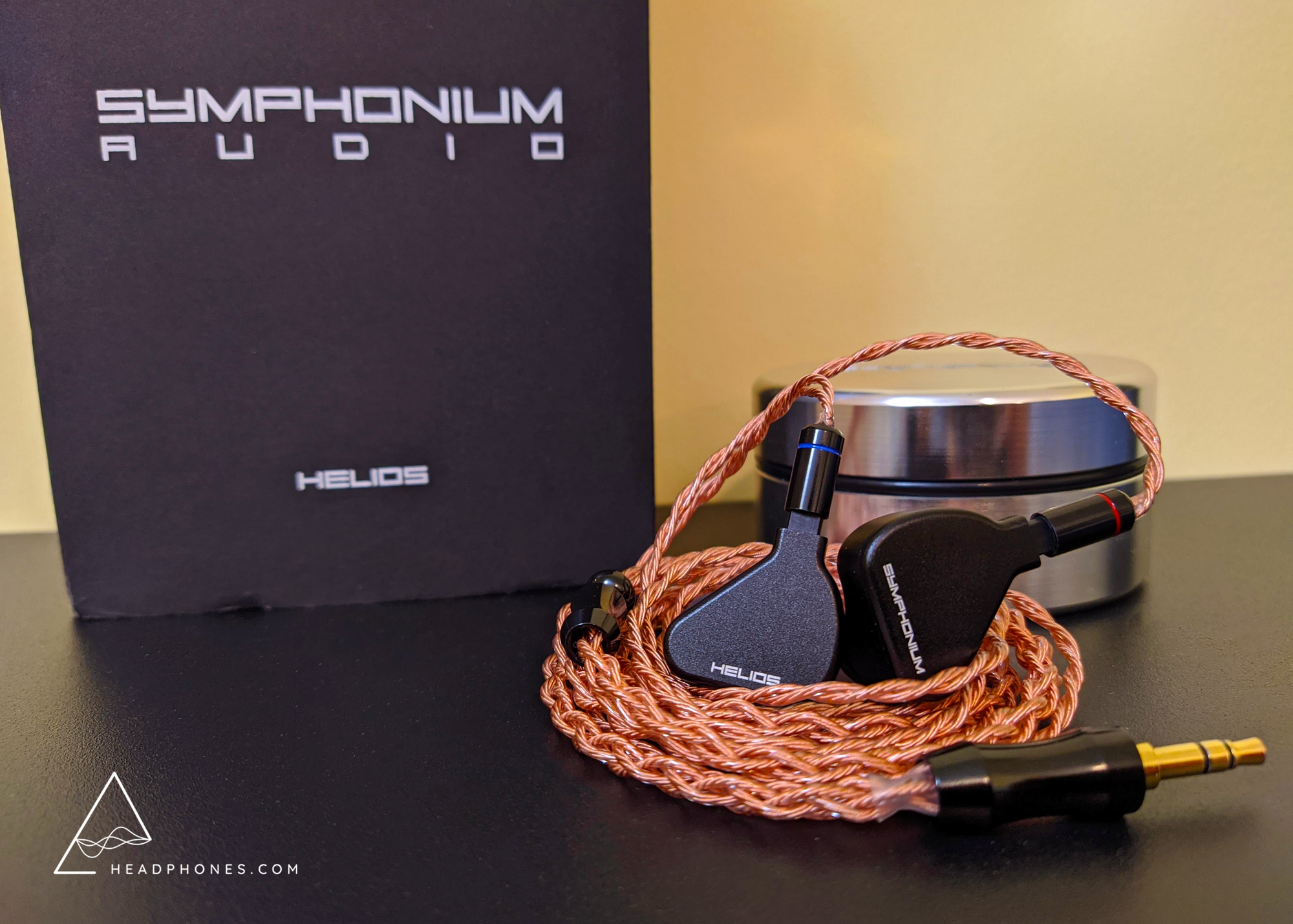
Instrument Notes
Drums
The kick and low tom are where the aforementioned disconnect in the bass is most apparent to me. When it hits the sweet spot, these notes display great energy. If it isn’t in the sweet spot, the kick can sound shallow with just the shallow slap of the beater head as the dominating note. The Helios’ tightly controlled decay additionally contributes to this sense of separation. Snare drums focus more on the crack of the head rather than the resonant depth of its body.
The hats and cymbals are the highlight of the Helios and unlike any other IEM I’ve heard. From the lower to upper treble, the Helios renders the hats, cymbals, and other treble focused percussions like bells vividly without exaggerating or dropping harmonics. It’s almost uncanny how well it does this. Interestingly, there’s more focus on the middle of the note rather than the initial, leading attack. One complaint here is that the Helios’ tone is a little too crystalline to be wholly natural. A touch more warmth here in the note’s body and rebalancing of the emphasis to the leading edge might be the key to perfection.
Guitars/Strings
Stringed instruments are standout on the Helios. They have excellent resolution and articulation with every strum or pluck of the strings. The upper treble extension adds a lot to the airiness and completeness of these notes, especially for violins or cellos. There’s a pleasant hint of grit and texture in the bass guitar, making it thoroughly enjoyable to listen to. I do think electric guitars need more body as driving rhythms are diminished in favor of screaming lead lines. Similarly, acoustic guitars lack a lushness that some may prefer as a result of the Helios’ lower mids dip.
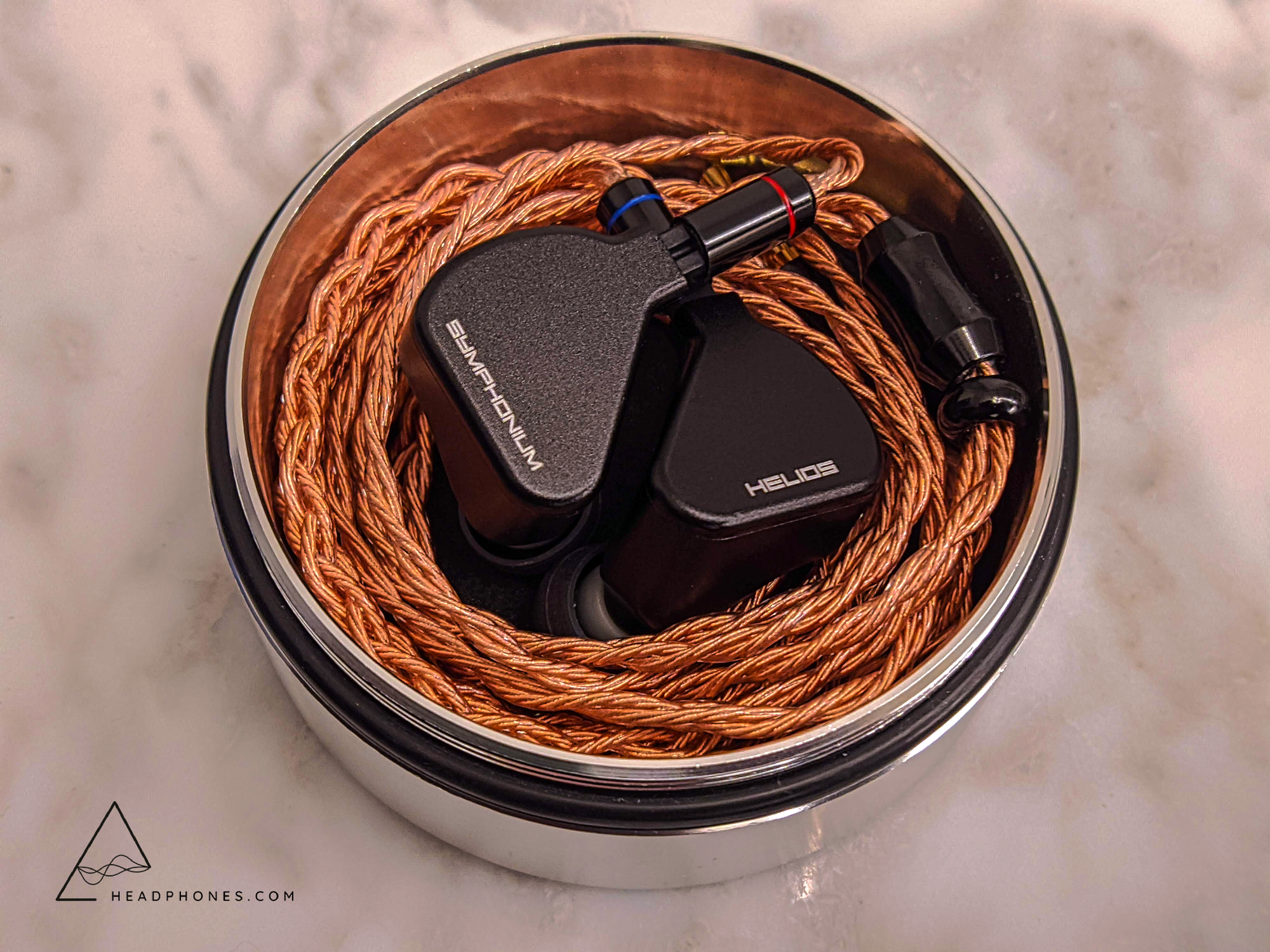
Vocals
Vocals on the Helios are forward and clear though its timbre may come off as lean and dry. There is excellent separation between the lead singers and backing harmonies. Every voice is distinctively heard yet cohesive and united, layered beautifully with each other. The airiness of the Helios only further contributes to this clarity. Male and female vocals are equally represented on the Helios with not a hint of sibilance.
Presentation
At first glance, the Helios’ staging isn’t anything special. Vocals can be rather centered and in-your-face. But when it comes to the other instruments, strings in particular, there’s a strong sense of width and respectable depth. Imaging is especially good, taking full advantage of the soundstage to place instruments with significant nuance in their positioning. Altogether, this allows the Helios to have effortless instrument separation and layering. It isn’t quite “3D holographic”-like but it is very good as far as traditional IEM presentation goes.
Resolution is superb across every instrument and frequency range. It’s more than worthy of the Helios’ kilobuck status. There’s a real HD-like quality to its resolution courtesy of its phenomenal upper treble. Though some may discredit this as so-called “fake treble detail”, I’d take a pragmatic approach and say if it’s good, it’s good regardless of how it gets there. Dynamics are commendable for an all-BA set. Microdynamics are best heard with strings while macrodynamics tend to only kick in if bass notes hit the sweet spot. There’s more slam than impact given the quick transients and controlled decay.
Comparisons
Thieaudio Monarch
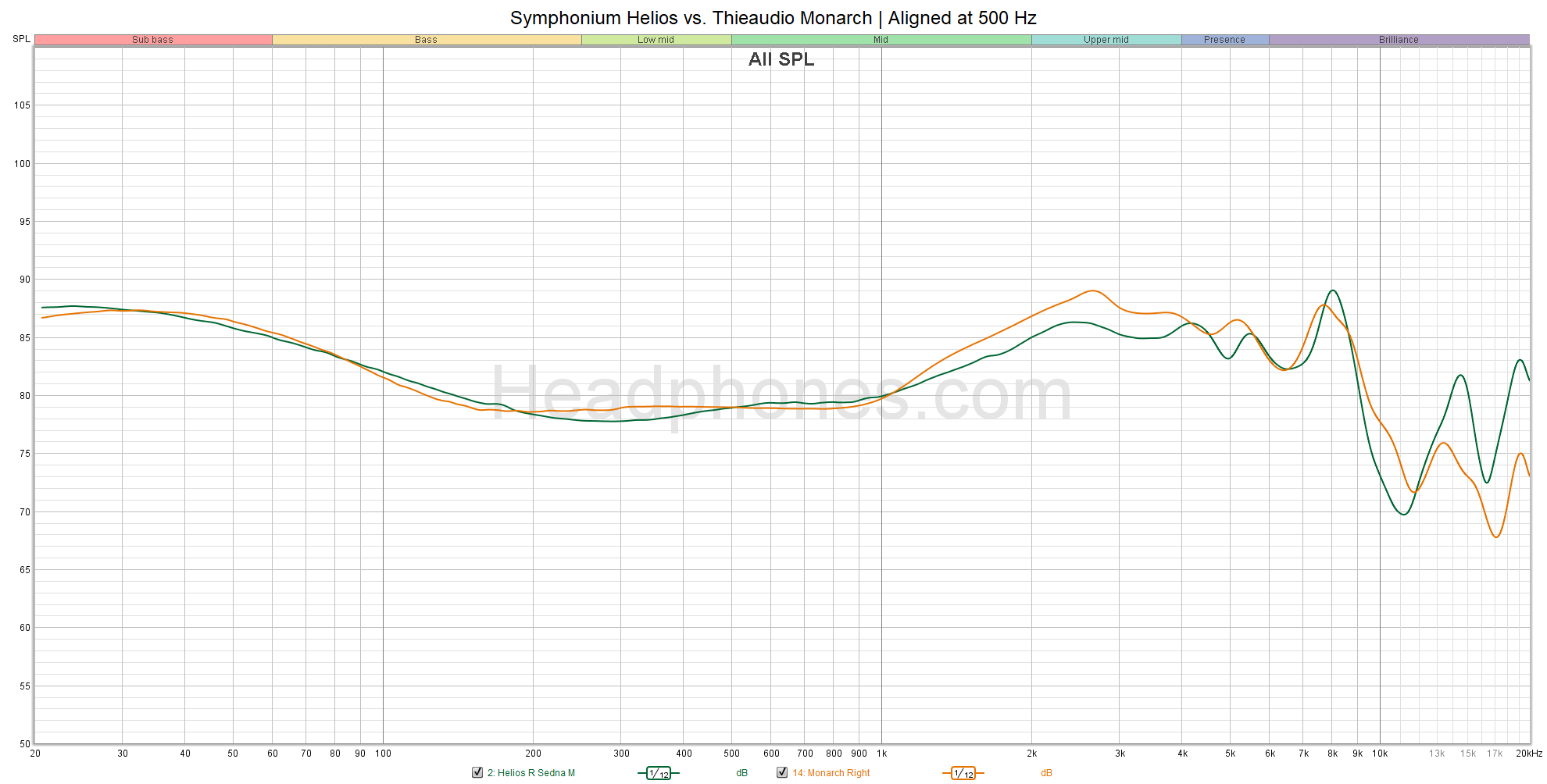
At a high level, the Thieaudio Monarch and Symphonium Helios have a lot of similarities in terms of its tuning – a neutral IEM with a subbass boost. The Monarch takes the midrange forwardness of the Helios up a notch to the point of aggression. Bass is a trade-off. The Monarch’s subbass is more impactful and less “detached” sounding than the Helios when it comes to drums, likely a result of its hybrid DD + 4 BA nature. In contrast, the Helios has better grit and texture, not to mention much stronger resolution and nuance for bass guitar notes. The key difference between these two IEMs is in the upper treble where the Helios is a significant upgrade over the Monarch. For technical performance, the Helios outdoes the Monarch all around, particularly in the staging and imaging presentation. Altogether, I definitely prefer the Helios to the Monarch but whether or not this is worth the extra $400 or so for the Helios is a question for your wallet. Unfortunately, I don’t have a Monarch MkII for comparison at this time.
Comparison to Sony IER-M9
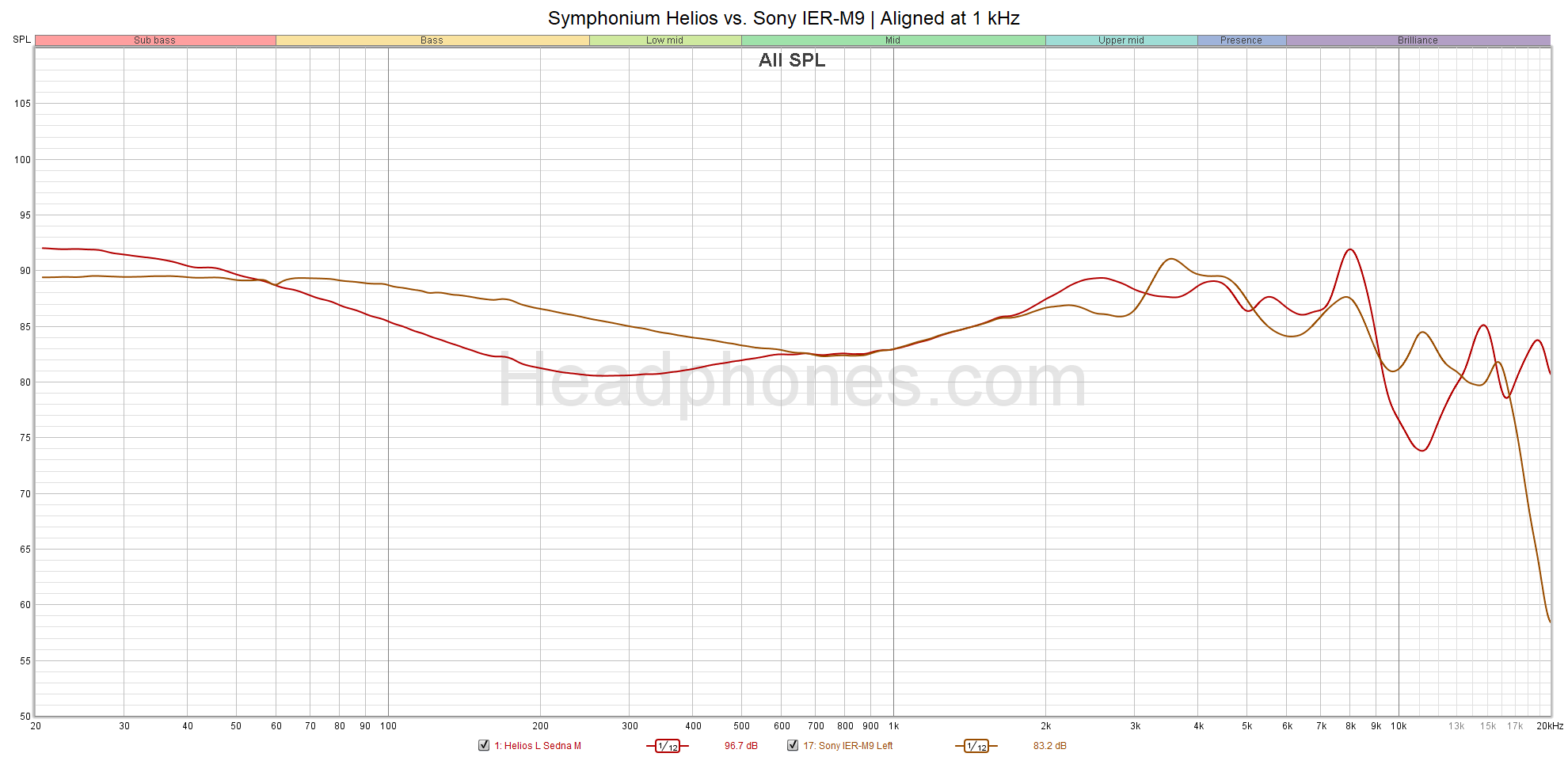
The 5 BA Sony IER-M9 has often been considered the gatekeeper of the $1,000 range. While I do personally own one and consider it to be a good IEM, it does have a couple major flaws in blunt transients and poor dynamics. In addition to its extremely warm tuning, the M9 is effectively the antithesis of the Helios.
Overall, the Helios is admittedly the better IEM. It edges out the M9 in terms of resolution and overpowers it in dynamic response. The M9’s presentation is much more relaxed compared to the vividness of the Helios. Vocal performance will be a question of preference. The M9’s mids are full-bodied and colored while the Helios’ are lean and accurate. The treble of the M9 is one place where it does eek out a minor win. Its tone is more natural and less crystalline than that of the Helios. But this comes at the cost of treble peaks and dips and an unevenness that the Helios simply does not have. I’m not a big fan of the M9’s bass implementation using Sony’s proprietary BAs thus the Helios’ bass is superior. The M9 does still have its place if you’re looking for a warm, relaxed sound and ergonomic fit. But if you’re looking at a straight comparison between which is “objectively” better, the Helios would be the winner.
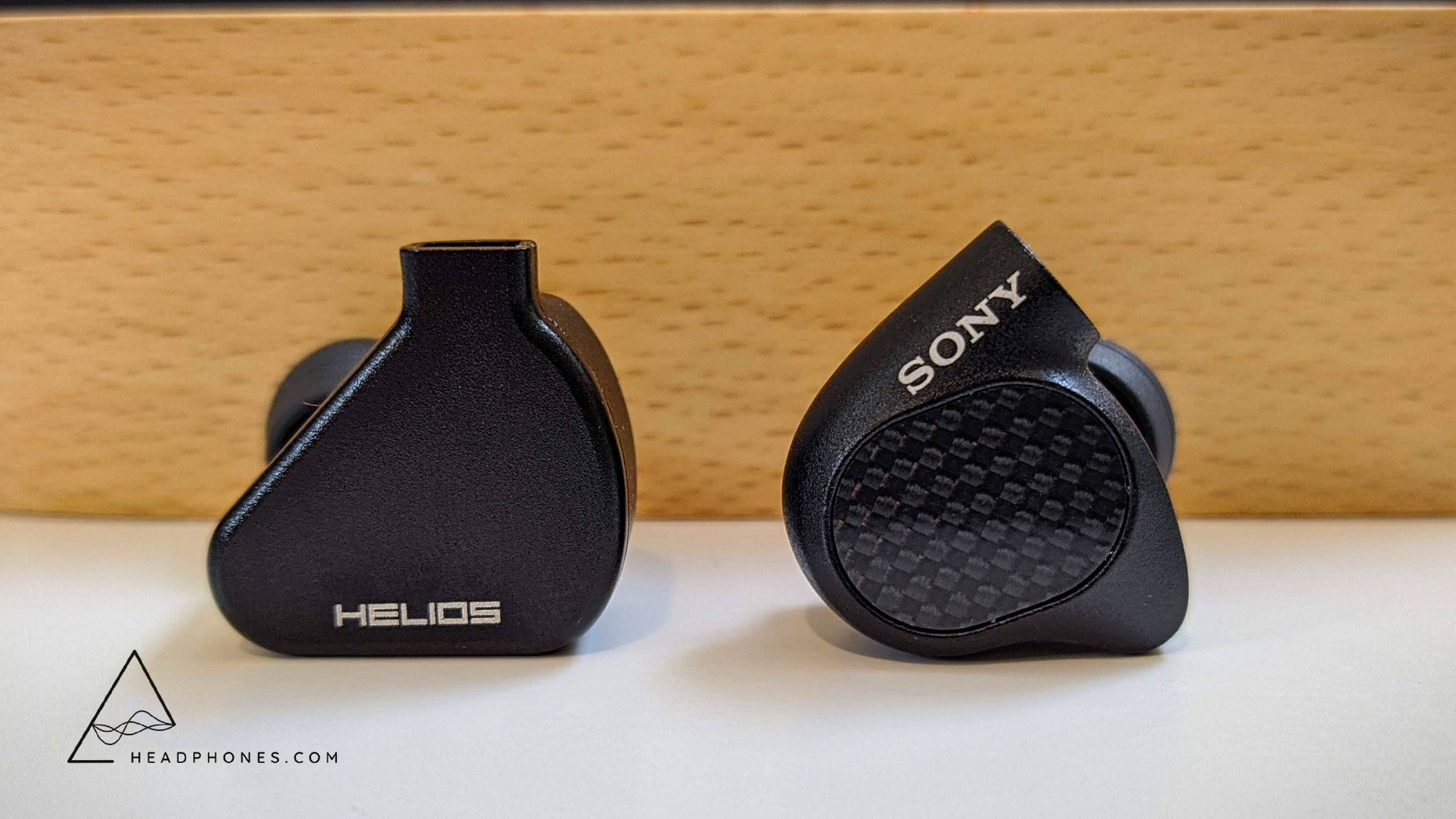
Should You Buy It?
Yes. Throughout this review, I think I’ve made it apparent that the Symphonium Helios is an excellent IEM. I do think it sets a new benchmark for the $1,000 tier and its upper treble is something all IEMs should strive for. Points of improvement would be a more comfortable fit, a less detached bass, and a mellower overall tonality to soften the dryness of the Helios. In a sense, it feels a little overtuned and could use a touch of reserved maturity. Perhaps the one other knock against the Helios would be that its presentation is nothing unique (except for its treble). The Helios fights for its place in the spotlight out of sheer performance rather than doing anything extraordinary or ground-breaking.
Of course, Subtonic assures me that the Helios is merely a teaser of what’s to come, the first fruits of their labour in their partnership with Symphonium. If these two teams of Singaporean audiophiles are able to continue demonstrating a substantial bite to their bark, I believe they’ll be highly competitive force in the modern IEM landscape. I know I’m certainly looking forward to a more affordable model that maintains their phenomenal treble presentation. Just rework the shell design, please.
